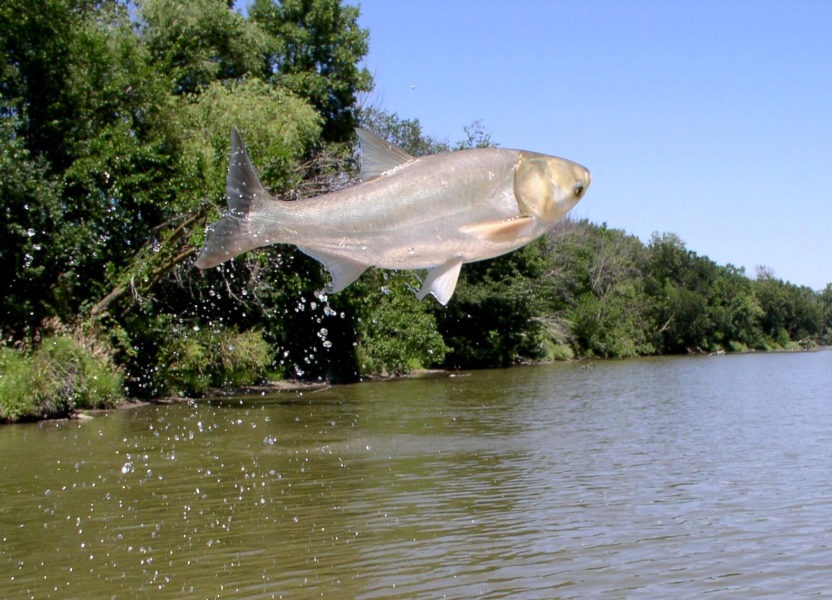
Advocating for Solutions
Right now, a number of actions are underway in the short term to keep invasive carp out of the Great Lakes, the most important of which is the operation of an electric barrier outside a Chicago canal. Although this electric barrier appears to be effective for now, it failed for 15 minutes during May 2012 and needs to be shut down periodically for maintenance. It does not keep out small fish, including baby invasive carp, or small fry.
Over 100 years ago, the Mississippi River and Great Lakes ecosystems were connected by a man-made canal. Now, many scientists and experts believe that the only way to keep invasive carp and other invasive species from traveling between these two waterways is to construct physical barriers in several places and restore the naturally occurring divide that once kept their waters apart. To accomplish this, Congress must authorize the work and funding, which would be conducted by the Army Corps of Engineers.
Holding Politicians Accountable
In February, the Trump Administration ordered the Army Corps of Engineers to withhold a critical report most commonly known as The Brandon Road Study because it focuses on the Brandon Road lock and dam. By delaying the release of the Brandon Road Study, the Trump Administration recklessly shortened the window we have to prevent a large scale invasion of all five Great Lakes. Redesigning and renovating the Brandon Road lock and dam is an essential component to preventing billions of dollars of economic damage and incalculable ecological turmoil.
For weeks Freshwater Future supporters and concerned Great Lakes citizens urged our representatives and senators on both sides of the aisle to require the Trump Administration to release the Brandon Road Study, and with your help we were successful! The 400-page study was finally released on August 7, 2017.
Copyright 2025 Freshwater Future. All Rights Reserved.